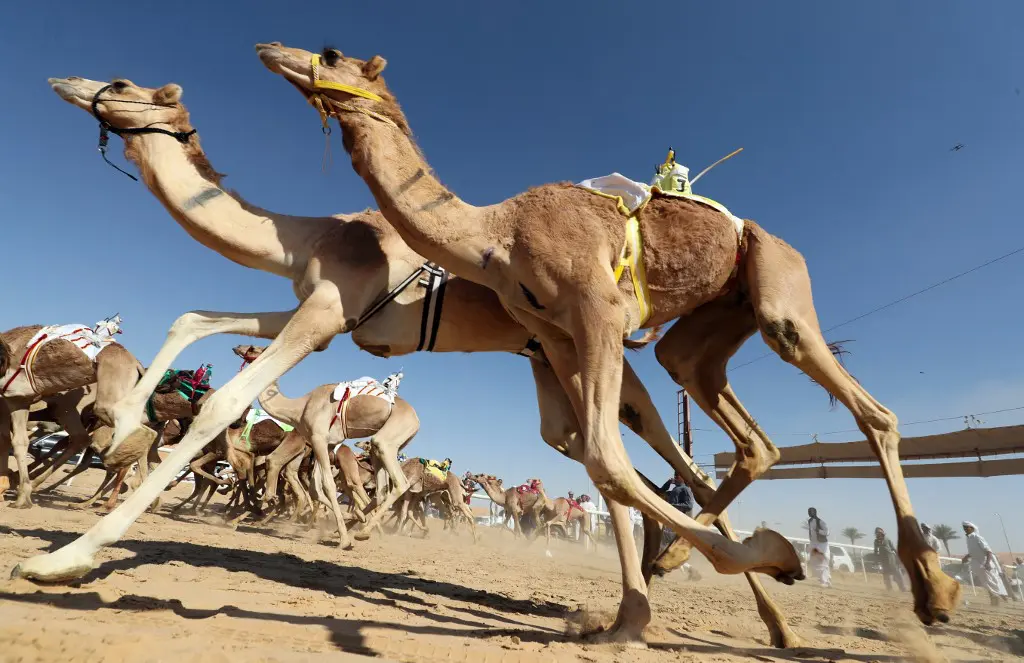
Introduction
The UAE’s traditional culture was the product of the survival skills of a seafaring and nomadic people and the harsh environments they faced daily – the desert and the sea. Before the establishment of the oil economy in the early 1960s, two main orientations shaped traditional Emirati culture. That of the nomadic, desert-dwelling Bedouins, engaging in small-scale oasis farming in the broader context of the desert economy and culture; and that of the maritime culture that revolved around pearling and sea trading. These subcultures were economically, politically, and socially interdependent, creating a common culture and social identity. The UAE shares significant aspects of its culture with neighbouring Arab countries and the broader Arab culture.
While this traditional UAE culture had already been influenced by the outside world through trade and immigration, this accelerated after the discovery and exploitation of oil resources. The UAE began to attract expats from many different countries, who further diversified Emirati cultural life.
In this article, Fanack will give an overview of the origins of Emirati culture and how traditional culture was influenced throughout history. Followed by the most important cultural customs, traditions and trends in the UAE, both contemporary and historic. In addition, check here which aspects of UAE culture Fanack has covered in-depth.
Traditional Culture
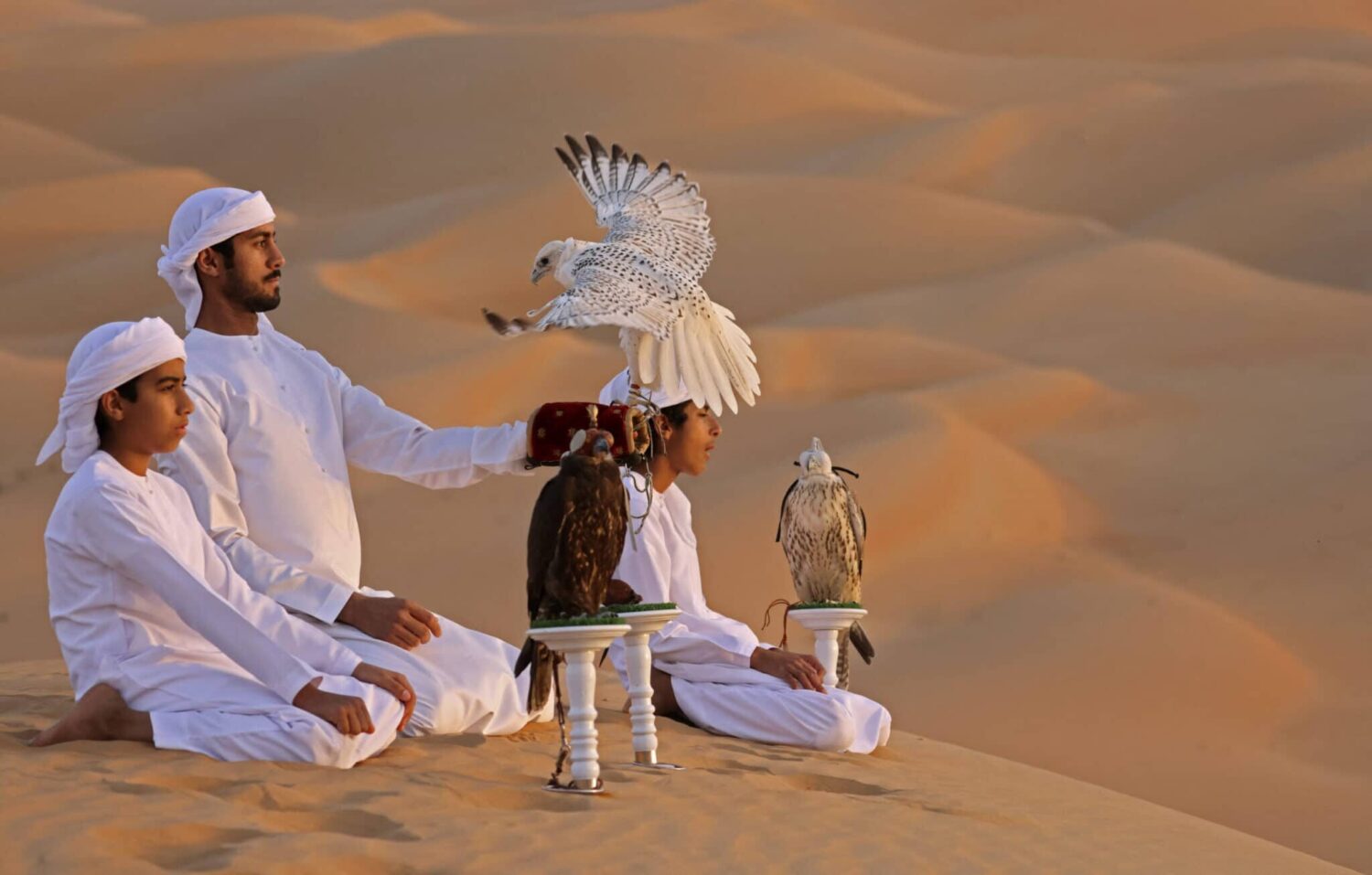
The tribe has been the principal building block of UAE society since successive waves of migration, beginning in the middle of the first millennium BCE, brought Arab tribes to the region. The varied terrain which these tribes inhabited – desert, oasis, mountains, and coast – dictated the traditional lifestyles that evolved over the centuries. The common thread of these lifestyles was the ability the people displayed in exploiting their harsh environment to its limits. The age-old social structure, in which each family was traditionally bound by obligations of mutual assistance to their immediate relatives and to the tribe as a whole, helped them to survive. In the tribe, an individual’s selfless hospitality was the source of his honour and pride. While these tribes initially practised different religions, such as Christianity, indigenous polytheistic beliefs and others, a common religion, Islam, eventually bound the people together.
Traditional UAE culture can be found in places still frequented by many Emiratis, including fishing ports, fish markets, boat-building yards, falconry centres, gold and spice souks, perfume and traditional dress shops, and even the desert itself, still a favourite spot for Emiratis on weekends and holidays. Many families still keep a desert house and farm, now maintained by guest workers, where they spend time with family and ride horses. Some of these farms are also on the scheduled stops of tourists on what are known as desert safaris, where they can ride camels and see goats and sheep.
Cultural events are organized throughout the year, offering attractions such as races, games, exhibits, and lectures. For example, the Emirates Heritage Club holds regular races for longboats, dhows, and camels. Similarly, the Culture and Heritage Centre in Abu Dhabi and the Heritage Village in Dubai, also sponsor important cultural events and permanent exhibitions.
Maritime and Desert Culture
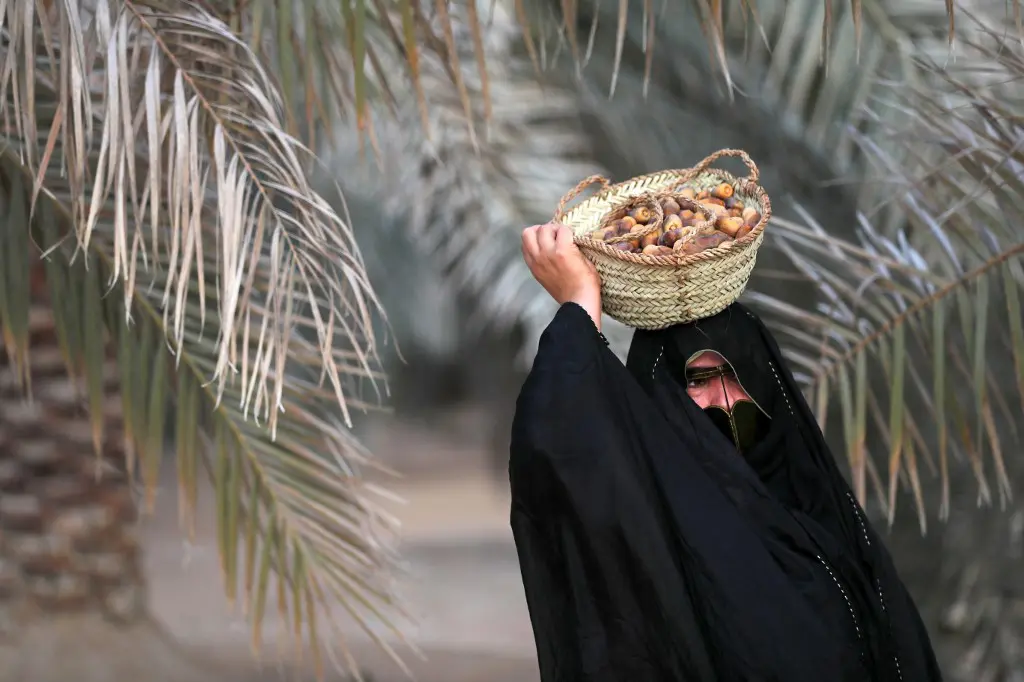
Emirati culture was also shaped by taking to the sea as a matter of survival, either in long-distance trade or piracy or for harvesting food from the sea. Folk traditions, foods and cooking, handicrafts, language idioms, song, dances, and numerous other aspects of people’s way of life were rooted in sea experiences such as fishing, pearling, and boating. The influence of this maritime culture is easily detectable today. Many of the boats still used today for fishing, racing, or entertaining tourists, albeit with an engine, resemble the famous traditional sailboats known as dhows.
The Arabian desert, with its harsh conditions, also influenced Emirati traditional culture. The tribes roamed the desert in search of fodder and water, living most of the time in tents or simple houses and using camels as the main mode of transport and survival. The few locations that offered a steady supply of water, usually from underground aquifers, became semi-permanent settlements planted with palm trees. These oases, including large ones, such as al-Buraimi and Liwa, supported small, partially nomadic, partially agricultural communities. The survival of the desert culture can be seen in the continuation of Bedouin values and customs and in specific forms of popular entertainment and sports. The annual camel and horse races are still popular today.
Local Versus Expatriate Culture
The UAE is home to multiple cultures – an indigenous Arab Emirati culture, and a wide range of cultures of the expatriate communities, which vary in their size, influence, visibility, and relation to Emirati culture. The relations and interactions between these cultures vary, based on such factors as language, religion, tradition, and perception, creating varying connections, tensions, and conflicts. The local culture of the UAE is a minority culture and is constantly under the influence of the expatriate culture. In the last decades, the expat population increased, raising the pressure on local culture.
The people of the UAE, like other people who lived in Southern and South-eastern Arabia, have been strongly influenced by Persian, Indian, and African cultures. Through trade and the immigration of large groups of people from these areas, these cultures have left a distinct imprint on Emirati cuisine, language, customs, and lifestyle.
Food
Before the 1960s, Emirati food included mainly fish, rice, bread, dates, yoghurt, vegetables, and meat (from sheep, goats, or camels). Since then this diet has multiplied in quality and quantity, as modern shops and supermarkets offer a wide variety of imported foods. For Emiratis, lunch is the traditional main meal and is usually taken at home with family, around two o’clock. A typical lunch consists of fish, rice, meat, and a vegetable dish. Emirati nationals generally observe the Muslim proscription of pork and alcohol and the injunction to eat only halal meat, that is, meat from animals slaughtered in the approved Islamic way. Given the large expatriate, non-Muslim population, however, pork and alcoholic drinks are widely available in specially licensed supermarkets, restaurants, bars, and hotels.
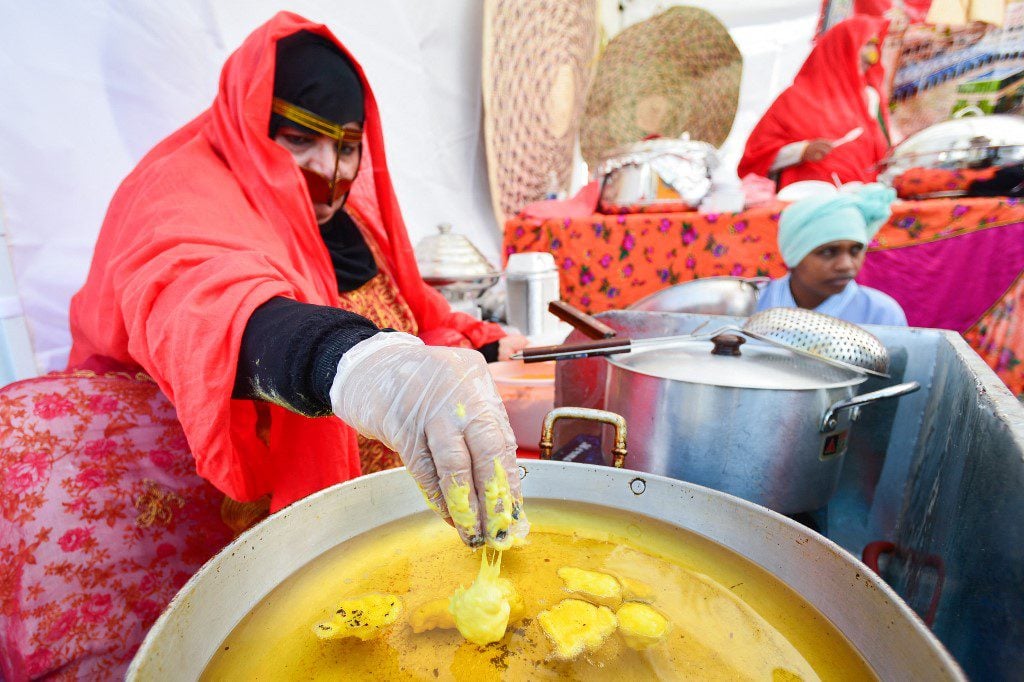
Emirati cuisine is thousands of years old, but it is not widely known where certain traditional dishes and ingredients originated. Many classic Emirati dishes are variations of fare from East Africa, India, East Asia, and the eastern Mediterranean, with a few indispensable British pantry staples. Much Emirati food is a hybrid of various imported traditions. This includes such dishes as biryani, which was brought from India but nevertheless has the reputation of a national dish, alongside such dishes as harees and khabees.
Seafood is still popular among Emiratis, who eat large quantities of the prized fresh fish known as hamur or hamour (grouper) and the sun-dried fish known as chassif, with variations known as bedh (a small, speckled white fish) and yobel (a dark-fleshed fish, usually stingray or shark). Another example is bathitha, a sweet made from date paste, wheat flour, and ghee (clarified butter) and spiced with cardamom. As a non-perishable dish, this was a favourite food of pearl divers on their long voyages.
Among Bedouin dishes that are still popular today are chami (a sort of cottage cheese), jareesh (spicy crushed wheat with vegetables), harees (boiled, cracked, or coarsely ground wheat, with meat or chicken), and khabees (a sweet pudding made from flour and oil).
Emiratis are hospitable and honoured to receive guests and socialize with friends and relatives. Guests are welcomed with traditional drinks and sweets, usually Arabic coffee and fresh dates. Incense is burned in rooms where guests are received and is passed around so that the fragrance is spread throughout. National dishes are, for the most part, not sold in restaurants or cafes but are cooked at home or prepared commercially on request, for occasions such as weddings and other celebrations. As the immigrant population of the UAE increases, a wider variety of foods has become available and popular with both locals and expatriates, including from many fast-food restaurants and cafes.
Dress
One of the enduring icons of Emirati traditional culture is the daily dress of Emirati men and women. The traditional dress is both a proud heritage and a symbol of national distinction and identity. The men wear a white robe (kandura or dishdasha) and a white head cloth (ghutra) fastened to the head with a special black rope (agal).
Women wear a long black dress (abaya) and a black head scarf-shawl (or sheila) that covers almost all the head and hair. The more conservative women also wear a niqab to cover their faces, either completely or leaving just the eyes visible.
With increasing material wealth, variations in style, material, and colours have been introduced to the dress of men and women. Some men occasionally wear colourful kanduras (black, blue, or gold) and a red or black-striped variety of the ghutra. Women’s dresses, too, have evolved into fashion statements, with many variations in decoration, embroidery, colour, and style for the abaya and the sheila. Younger generations have also incorporated items from Western culture in their daily dress; many young men have adopted the baseball cap, and more young women are now regularly wearing jeans and other fashionable clothes underneath their abaya.
Music and Dance
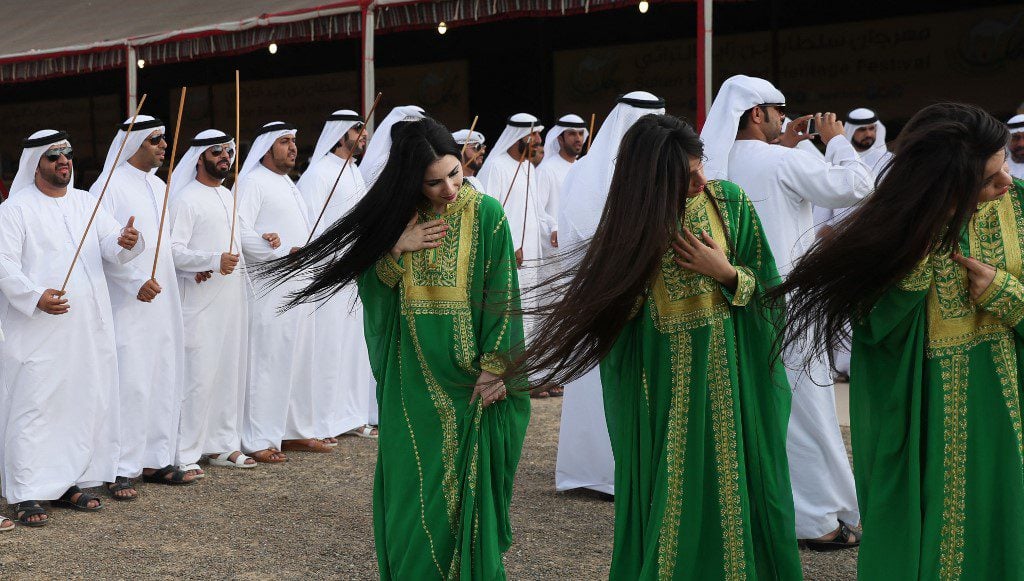
The UAE enjoys a strong tradition of music and dance, both of which played a vital role in people’s lives. Songs were composed to accompany different tasks, from hauling water at the well, to diving for pearl oysters in the Gulf. A professional song-leader was kept on the pearling dhows; it was his job to rally the men to work through music and song. The nahaan would launch into song, and all the sailors would join in as they worked. Each song had a rhythm for a particular task and, like the shanties of Western sailors, the music inspired teamwork. Singing and dancing also took place during celebrations, and many of the songs and dances, handed down from generation to generation, have survived to the present. Young girls would dance, swinging their long black hair and swaying their bodies in time to the strong beat of the music. Men would re-enact battles or successful hunting expeditions, often symbolically, using sticks, swords, or rifles.
The country today, with its international population, has a wide range of mini-cultures of singing and dancing. Local radio stations and TV channels play songs and dances from different parts of the world, in keeping with the cultural traditions that define their audiences. Western, Indian, and Arabic music (from the UAE, the Gulf, and the wider Arab world) are widely available and popular.
Art and Literature
The most celebrated literary form in the UAE is Nabati poetry. Local poets compose their lyrical verses in the spoken dialect. Poetry has become pre-eminent probably because the spoken word has always been the superior art form of these tribal people, who usually lacked the raw materials used elsewhere for more tangible forms of artistic expression. As a result, they focused more on the oral tradition than on writing as a cultural practice. The topics of local poetry vary from praise of local leaders to odes of romantic love.
There are several literary festivals and competitions in the UAE, including the prestigious International Prize for Arabic Fiction, which has become an established event since 2008 and grants large cash prizes every year to the best fiction works by Arab novelists from across the world. Also important, and older, is the Sultan bin Ali al-Owais Cultural Award, named after an Emirati philanthropist and businessman. It has been given in several categories, including poetry and literary criticism, since the mid-1980s. Art galleries and, to a lesser extent, art production are becoming more popular.
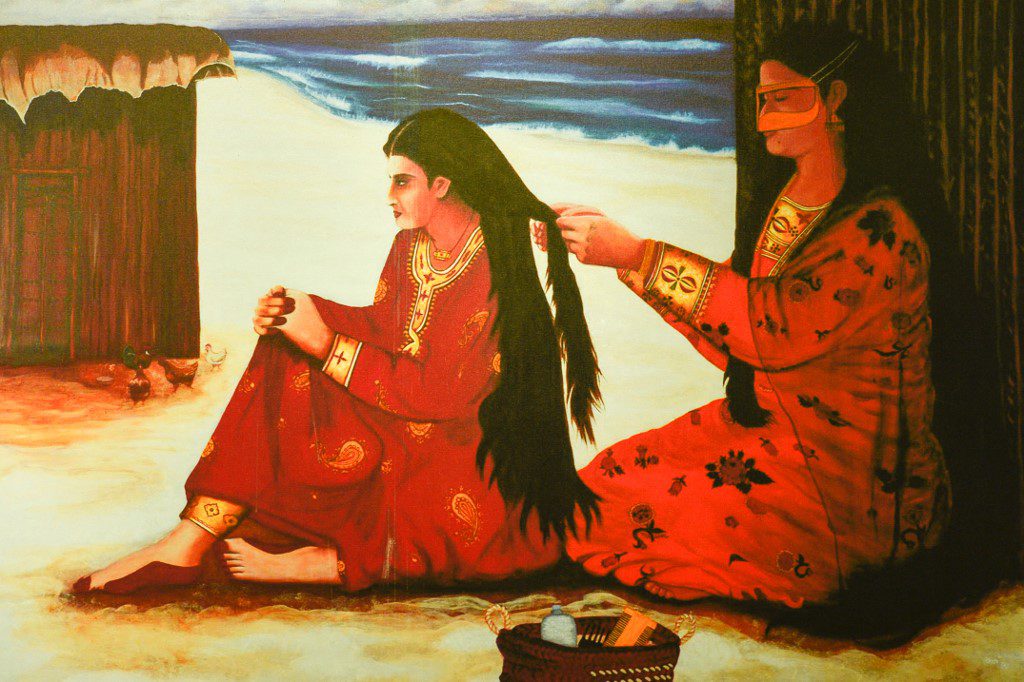
Performing Arts and Festivals
The UAE hosts several international and increasingly influential cultural events in music and film. Dubai and Abu Dhabi have their own versions of film festivals, book fairs, and other cultural events. Sharjah has become renowned for theatre performances and an annual international theatre festival.
There is a constant stream of Arab, Indian, and Western singers, bands and other entertainers who visit the UAE to perform for large crowds of local residents, including Emiratis and Arab, Western, and other expatriates.

Abu Dhabi opened branches of both the Louvre and the Guggenheim on the newly built Yas Island. On 22 February 2022, Dubai opened the Museum of the Future, displaying views on the future of healthcare, aviation, transportation and smart cities, among others. The groundbreaking shape of the building is covered by Arabic calligraphy, functioning as windows as well as decoration.
Sports
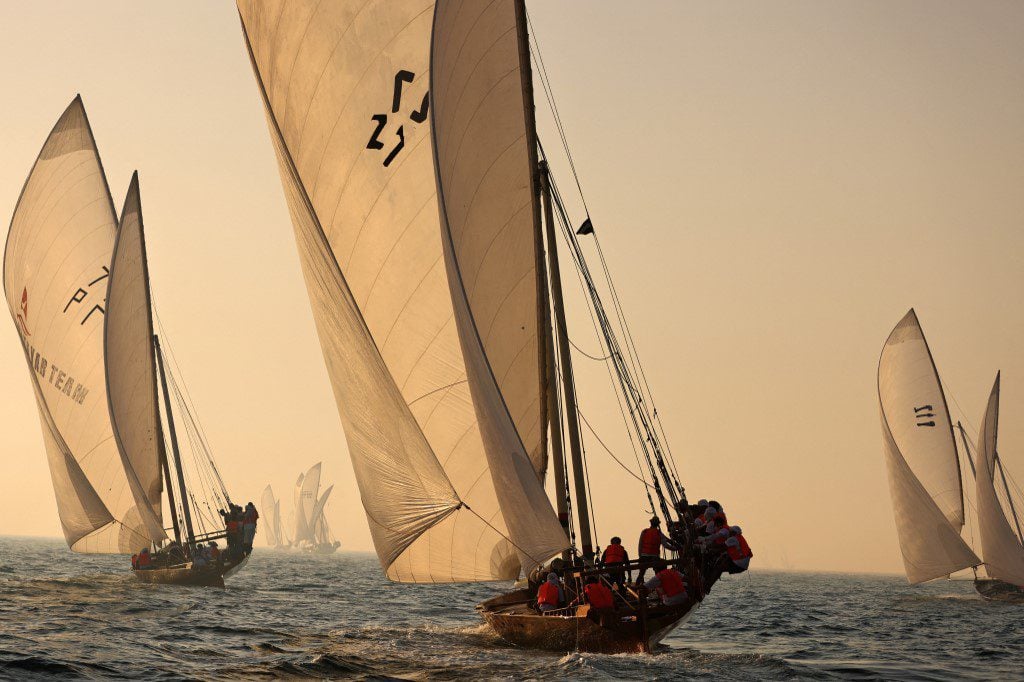
Traditional sports, including falconry, hunting, horse- and camel-racing, and dhow racing, are still very popular with UAE nationals. Dubai and Abu Dhabi have established international reputations for some of the richest and most prestigious horse- and camel-races. Formula 1 racing has been introduced: Abu Dhabi has built its own impressive autodrome, to host international Formula One Grand Prix races.
Dubai has been hosting increasingly renowned annual tennis and golf tournaments, attracting top players from around the world. The Dubai Marathon, an annual race with large cash prizes, which attracts thousands from around the world, has proven very popular. Dubai has invested heavily in its multi-purpose development, Sports City. The most popular sport in the country, however, is football (soccer), followed closely by rugby and cricket, all of which are popular among various segments of the population. Other sports of note include water sports, rock climbing, desert rallies, horse riding, and indoor ice skating.
The Emirati national football team had qualified for the World Cup in 1990. It also won the Arabian Gulf Cup in 2007 and 2013. The UAE hosted the FIFA U-20 World Cup in 2003. In December 2022, the UAE national football team ranked 70 in FIFA’s world ranking table.

